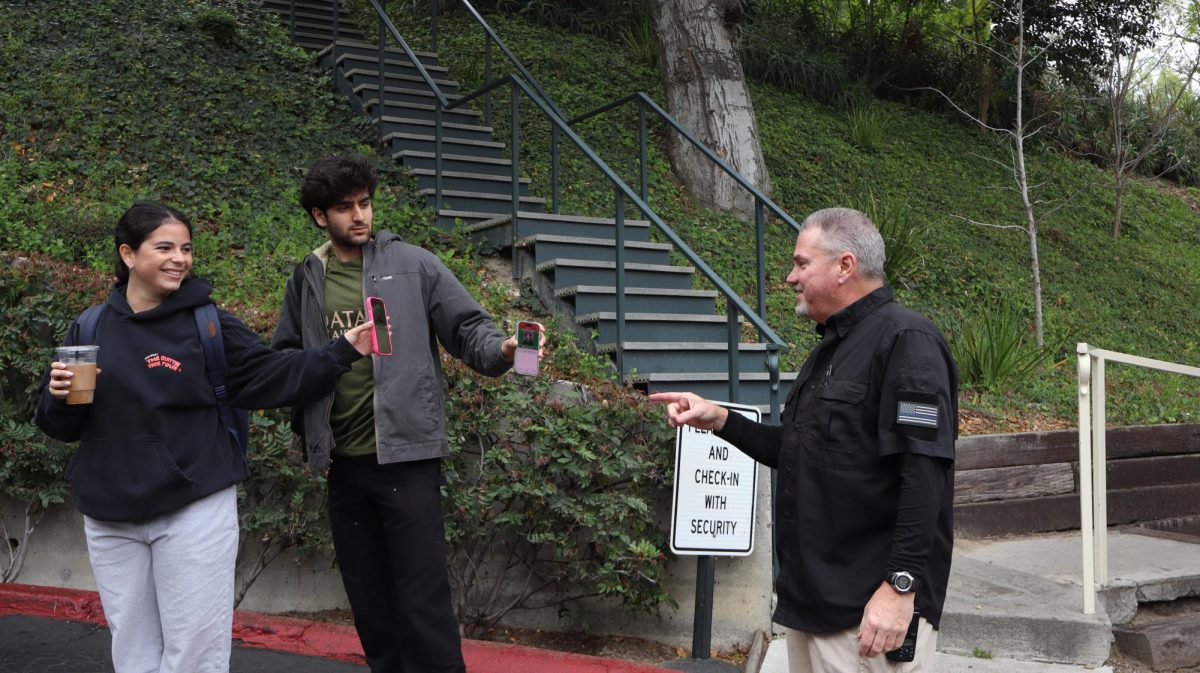By Rebecca Nussbaum
The Board of Trustees endorsed the Business Office’s suggestions for the 2011-2012 school year’s tuition and salary budget at the Dec. 6 Board of Trustees meeting, Chief Financial Officer Rob Levin said.
Chairman of the Board of Trustees Christine Hazy (Steven ’00, Charissa ’03, Trenton ’05, Courtney ’11) will send a letter to parents in early February announcing the tuition for the 2011-2012 school year, Levin said.
The 16 members of the finance committee of the Board of Trustees voted from among seven choices for tuition, and Levin said that their decisions were on the whole consistent with the Business Office’s recommendations. The full Board of Trustees approved them later that day.
“Our decision for next year was relatively routine,” he said.
He emphasized the Business Office’s insistence on keeping a steady percent change in tuition and preventing huge jumps from year to year.
“We were able to propose a good tuition increase and propose it in a break-even environment,” he said.
Levin thinks that tuition will continue to increase at the rate of inflation plus three to five percent because of the school’s low student to faculty ratio of 8:1.
“We’re not going to double the size of our teams or halve the number of coaches,” Levin said.
He said that if the board were to lower tuition, nothing good would be accomplished.
“The only thing that really matters is are we worth it [or] is [Harvard-Westlake] a good experience?” Levin said.
The Business Office sent its 35-page budget proposal to the members of the finance committee in mid-November to ensure that the members were familiar with the material before the meeting took place.
Levin showed the board a retrospective and prospective slideshow, reviewing tuition trends from the past 25 years and projecting those same trends over the next 25 years, he said.
They also reviewed the trends of teachers’ salaries and concluded that they were consistent and keeping up with inflation, Levin said.
Levin compared the school’s tuition and salaries to those of neighboring schools. Both were similar to those of local private schools like The Buckley School and Campbell Hall.
































